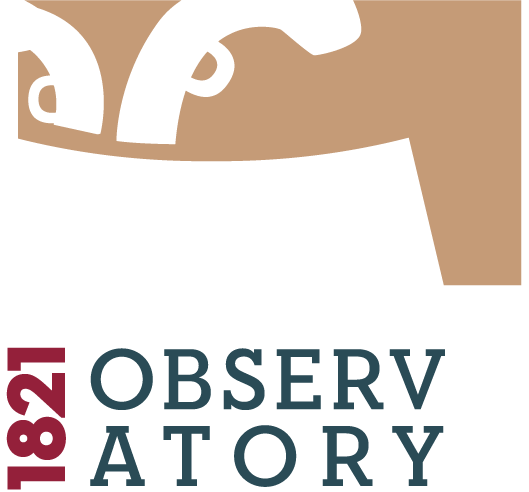Who fought whom in 1821 and where to find the Sultan? The socioeconomic situation of Morea (Peloponnese) on the eve of the Greek Revolution
Item
Title
Who fought whom in 1821 and where to find the Sultan? The socioeconomic situation of Morea (Peloponnese) on the eve of the Greek Revolution
List Of Authors
Creator
Spatial Coverage
Relation
Subject - keywords
Date
8 July 2021
Abstract
National historiography depicts the insurrections of spring 1821, when Greek-speaking subjects of the Ottoman sultan rose in revolution, as one coherent event. Termed the “Greek Revolution”, it is traditionally seen as a common endeavour of the Greeks to rid themselves of foreign oppression under the Ottoman yolk.
In fact, what happened in 1821 were different insurrections, with very diverse leaders and participants, taking place in very different regions with distinct features. While the planned insurrection in the Danubian Principalities ended in catastrophe, the “spontaneous” uprising in the Peloponnese led to a protracted war of independence and ultimately the establishment of an independent nation state.
This seminar will take a look at pre-revolutionary Peloponnese’s society and socioeconomic structure, in order to gain a better understanding of the leaders and participants of the revolution: Who were the people who were fighting the Ottomans? What grievances drove them to risk life and limb? Which objectives did they pursue? What features of the Peloponnese made it more “insurrectionary” than other regions?”
(Edited description from organiser’s website)
In fact, what happened in 1821 were different insurrections, with very diverse leaders and participants, taking place in very different regions with distinct features. While the planned insurrection in the Danubian Principalities ended in catastrophe, the “spontaneous” uprising in the Peloponnese led to a protracted war of independence and ultimately the establishment of an independent nation state.
This seminar will take a look at pre-revolutionary Peloponnese’s society and socioeconomic structure, in order to gain a better understanding of the leaders and participants of the revolution: Who were the people who were fighting the Ottomans? What grievances drove them to risk life and limb? Which objectives did they pursue? What features of the Peloponnese made it more “insurrectionary” than other regions?”
(Edited description from organiser’s website)
Type specialization
Format
Data sets
Language
Bibliographic Citation
Number Of Pages - Duration
01:28:55
Rights
All Rights Reserved
note
Sponsors: Jenny Proimos & Maria Dikaiou in memory of Eleni Harris, Corporate sponsors: Delphi Bank, Delphi Business Group, Symposiarch
Linked resources
Filter by property
Position: 5076 (60 views)
